/Human Activities/Industrial Fishing
Type of resources
Available actions
Topics
Keywords
Contact for the resource
Provided by
Formats
Representation types
Update frequencies
status
-
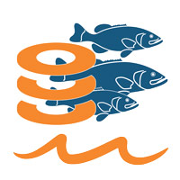
The GRSF, the Global Record of Stocks and Fisheries, integrates data from three authoritative sources: FIRMS (Fisheries and Resources Monitoring System), RAM (RAM Legacy Stock Assessment Database) and FishSource (Program of the Sustainable Fisheries Partnership). The GRSF content disseminated through this catalogue is distributed to test the logic to generate unique identifiers and review collated stock and fishery data. This beta release can contain errors and we welcome feedback on content and software performance, as well as the overall usability. Beta users are advised to use caution and to not rely in any way on the application and/or trust content and accompanying materials. What is the GRSF? A comprehensive and transparent inventory of stocks and fisheries records across multiple data providers.
-
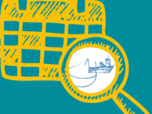
The activity calendars of fishing vessels reconstituted each year provide access to the following monthly fishing data: main operating port, number of pepole on board, number of days at sea and of, trade (s) practiced ( s), exploited fishing areas and their distance from the coast. Annual data on the dimension and mesh size of the engines used to practice a trade are also provided.
-

The collection of socio-economic data from professional fishermen makes it possible to calculate economic indicators by fleet segment and contributes in particular to evaluating the economic performance of each fleet and the impacts of the implementation of management measures. It also makes it possible to evaluate the weight of French fishing in Europe, the share of fishing in the national and regional economy as well as the attractiveness of the profession and the impact of cost variations such as the cost of fuel.
-
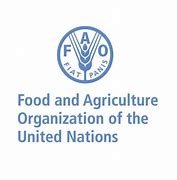
This is the FAO Fishery and Aquaculture Reference Data repository: Codes and reference data for fishing gear, species, currencies, commodities, countries and others.
-
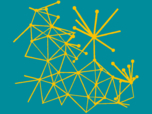
SACROIS is a data crossing algorithm that produces professional fishing activity data series (validated, consolidated and qualified production and effort data) for the vessels registered in the Community Fishing Fleet (CFP) file. SACROIS selects the best of the available information sources to produce the reference fishing activity data. SACROIS consists of an operational application for reconciliation, verification and consistency checks of different unitary data streams. The SACROIS algorithm does not correct the data, its objective is to : - provide the best possible estimate of the various elements making up a tide from the available data sources - to identify the incompleteness of the various data sources and to propose a synthesis completed by indicators of data qualification resulting from the crossings. Twice a month, the SACROIS algorithm produces a new data source, a synthesis of all the available data sources: the reconstructed SACROIS tides. The SACROIS data have been calculated since 2000 for all fleets for which data are available: - North Sea - Channel - Atlantic (excluding tropical seiners), - Mediterranean (excluding bluefin seiners), - DOM (Reunion, Mayotte, French Guiana and the West Indies).
-
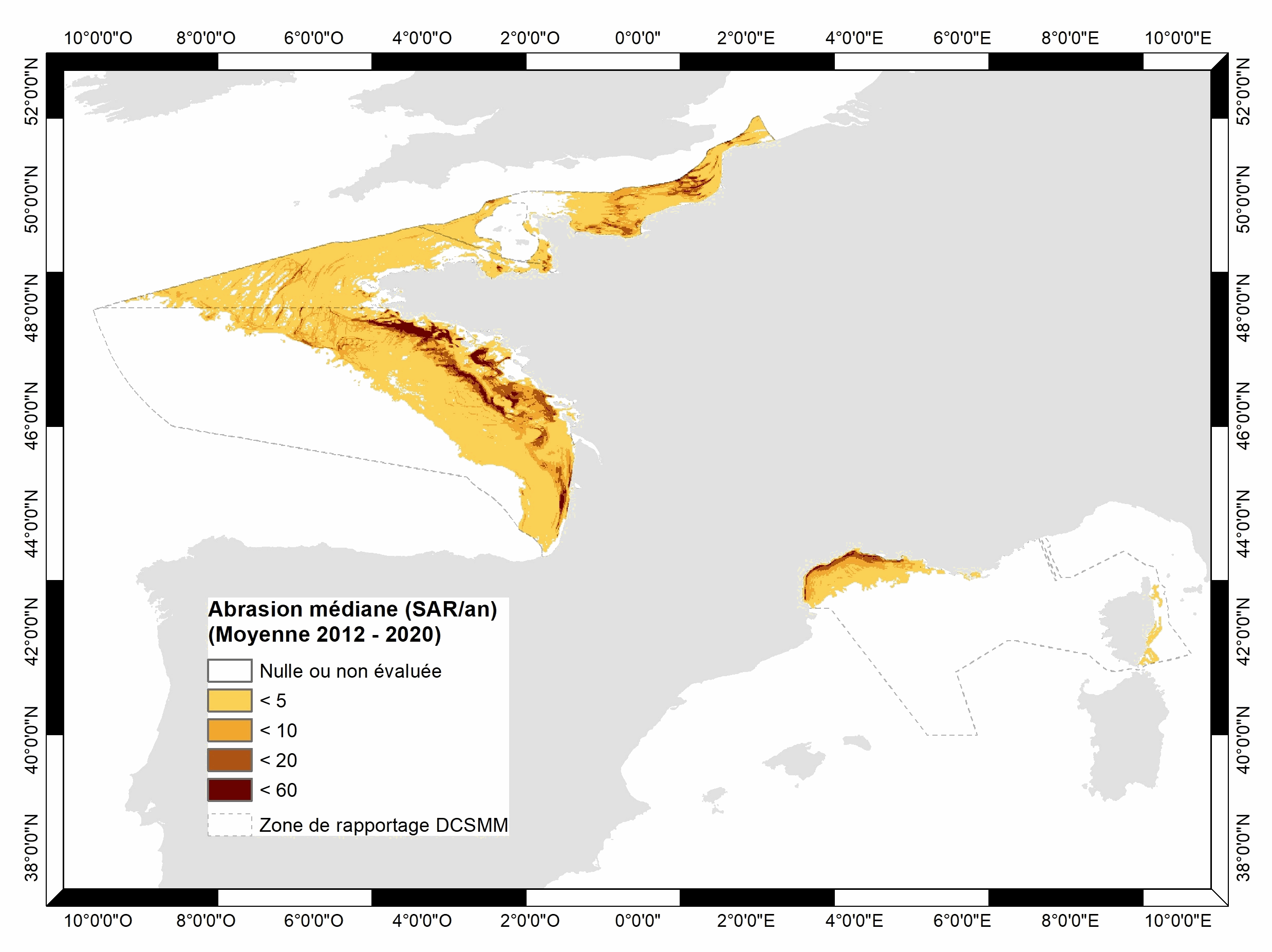
-

-
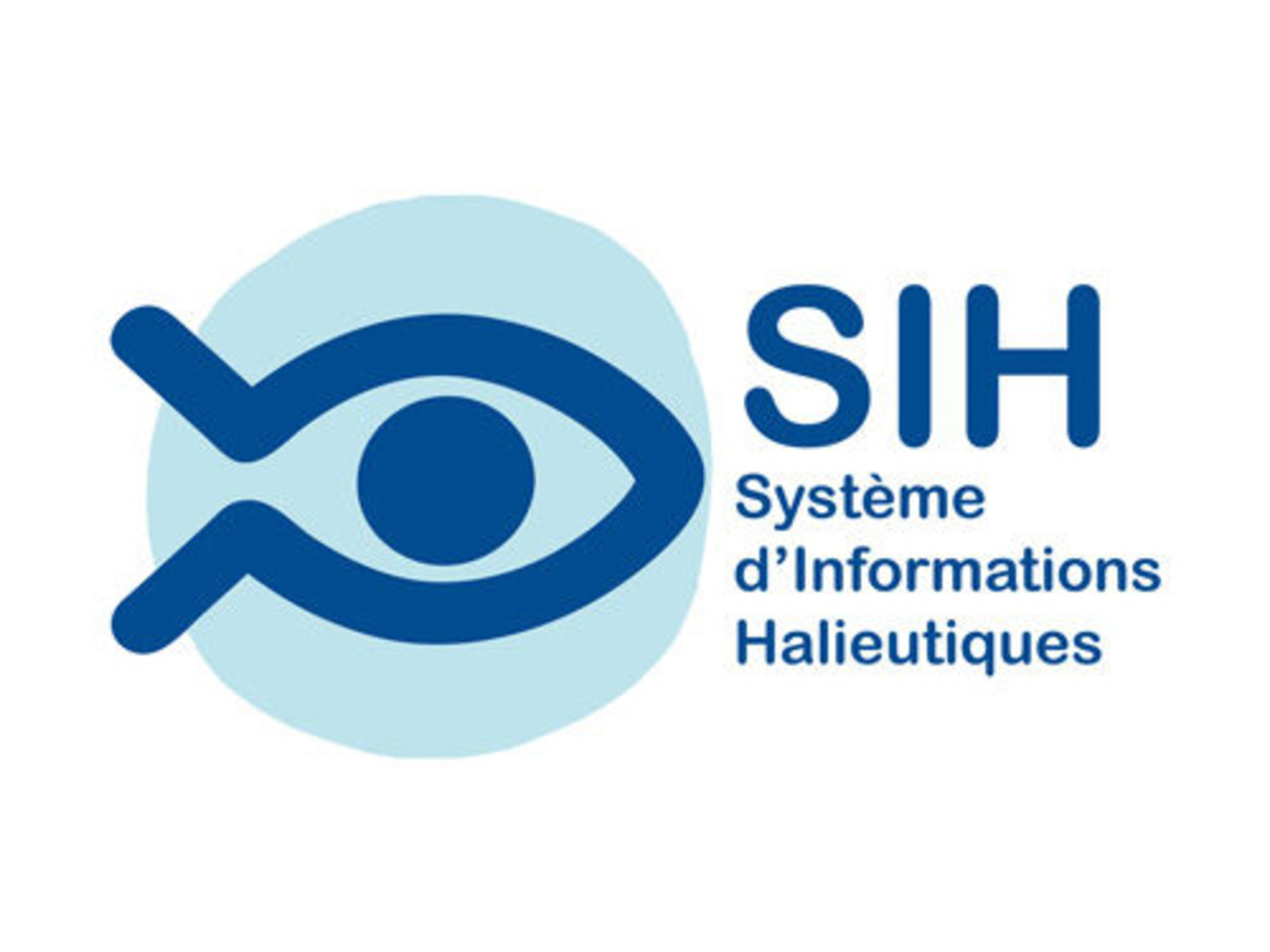
-

-

 Catalogue PIGMA
Catalogue PIGMA